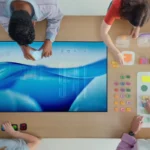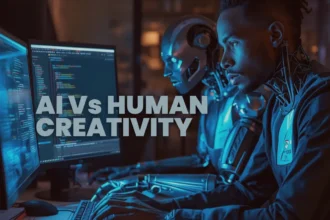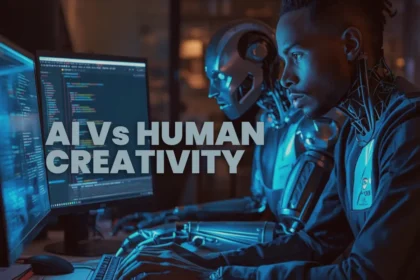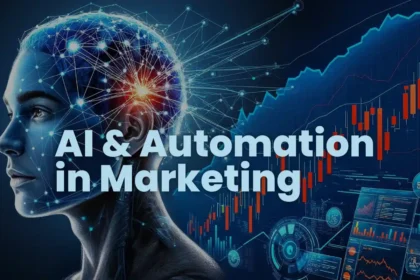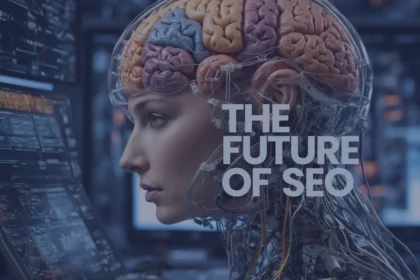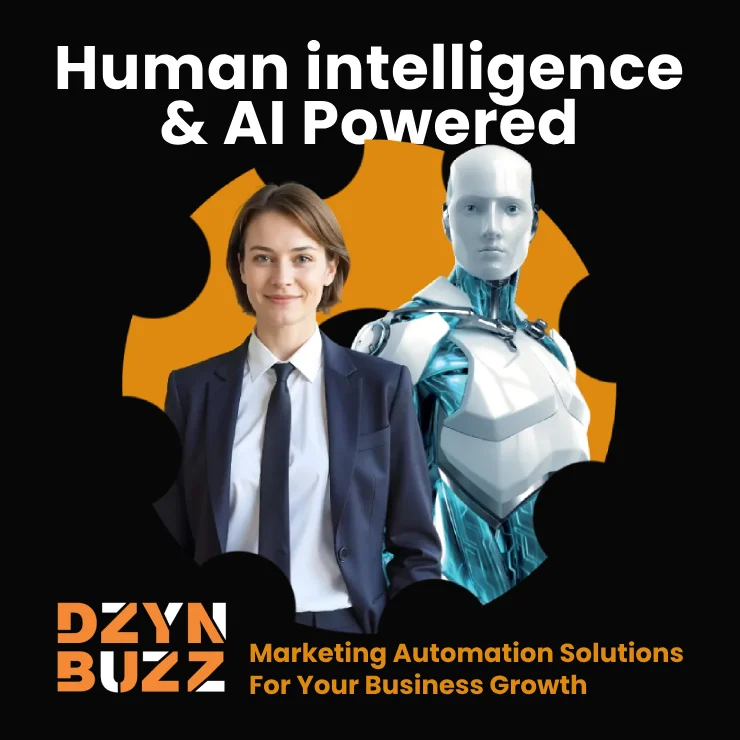Artificial Intelligence isn’t just a buzzword—it’s reshaping how brands come alive. From personalized experiences to predictive messaging, AI-powered branding lets you outpace competitors and connect with customers in ways never before possible. Here’s how to harness it now and stay ahead.
What Is AI-Powered Branding?
AI-powered branding refers to the use of artificial intelligence technologies—such as machine learning, natural language processing, and generative AI—to automate and optimize branding tasks. These may include:
- Logo and visual identity generation
- Tone of voice and brand content creation
- Personalization of customer experiences
- Predictive analytics for brand growth
- Competitive analysis and positioning
AI doesn’t just speed up tasks—it brings data-driven intelligence to brand decisions that were previously based on intuition or guesswork.
When Did AI Begin Influencing Branding?
The roots of AI-powered branding can be traced back to early automation tools like chatbots and social media scheduling platforms. However, the real breakthrough came around 2019–2021, with the rise of:
- GPT-based models enabling content generation
- Computer vision allowing automatic design interpretation
- AI-powered brand platforms like Looka, Tailor Brands, and Canva’s Magic Design
By 2023–2024, brands began embedding AI deeply into strategic brand decisions, moving from one-off tools to AI-integrated brand ecosystems.
Why AI-Powered Branding Matters in 2025
1. Scalability
AI tools allow even small businesses to produce high-quality brand assets at scale.
2. Speed
Brand campaigns that once took weeks can now be launched in hours, with full alignment across platforms.
3. Consistency
AI can preserve tone of voice, colour palettes, and content structure across thousands of touchpoints.
4. Data-Driven Insights
AI helps decode consumer behaviour, optimize campaigns in real time, and uncover emerging trends.
5. Personalization
Brands can now create hyper-personalized experiences at scale, without manually segmenting audiences.
“AI helps brands move from being reactive to being predictive, and that shift is what separates tomorrow’s leaders from the rest.”
Where Is AI-Powered Branding Being Used Today?
Here are real brand examples showcasing how companies are leveraging AI-powered branding:
1. Coca-Cola
Coca-Cola used OpenAI’s GPT-4 and DALL·E to generate creative assets for its “Create Real Magic” campaign, where fans could co-create branded artwork. AI enabled real-time generation of content while staying true to the brand’s identity.
2. Nike
Nike employs AI to personalize brand experiences on their app and website. Based on past behaviour, customers see curated collections, customized sneaker drops, and localized campaigns, powered by machine learning algorithms.
3. Sephora
Through AI chatbots and virtual assistants, Sephora delivers branded beauty consultations that match its brand tone and aesthetic, offering recommendations that feel personal and on-brand.
4. Duolingo
Duolingo uses AI-generated characters and gamification strategies that not only make the brand playful but ensure learning content adapts to the user’s performance and mood in real-time.
5. Unbounce
This brand uses AI to dynamically adjust landing page messaging to match searcher intent—making sure every click aligns with brand messaging without manual intervention.
How to Build Your Own AI-Powered Brand in 2025
If you’re planning to future-proof your brand using AI, here’s a practical roadmap:
1. Define Your Brand Guidelines First
Before introducing AI, ensure your brand voice, tone, visuals, and values are documented. AI needs clear parameters to work effectively.
2. Choose the Right AI Tools
Depending on your goals, consider tools like:
- ChatGPT for content generation
- Canva Magic for design
- Jasper.ai for copywriting
- Looka or Tailor Brands for identity design
- Brand24 or Sprinklr for AI-based brand monitoring
3. Automate Brand Interactions
Implement AI in chatbots, email campaigns, and voice assistants to deliver consistent branding in real-time communication.
4. Leverage AI for Content Creation
Create blogs, videos, social posts, and even newsletters using generative AI, ensuring that each piece is aligned with your core brand themes.
5. Monitor and Optimize
Use AI-powered analytics tools to understand brand sentiment, user engagement, and content performance—and pivot fast when needed.
The Future of AI in Branding: What to Expect
By 2030, we predict the rise of:
- Autonomous brand managers—AI agents running campaigns end-to-end
- Voice-activated branding assistants on wearable devices
- Emotion-aware branding—AI adapting brand tone to user mood
- Real-time adaptive brand stories—AI tailoring brand narratives for every user
“In the next decade, your brand’s competitive edge won’t be how big your budget is—but how smart your AI is.”
Related reads
Explore AI-Powered Branding Services with DzynBuzz
At DzynBuzz, we help modern brands implement smart, scalable AI branding strategies that drive real engagement and conversions. Whether you’re building your brand from scratch or looking to modernise, we can help.



